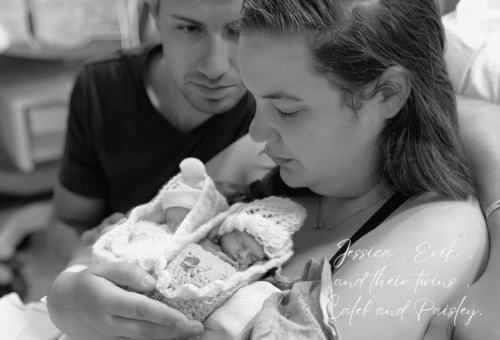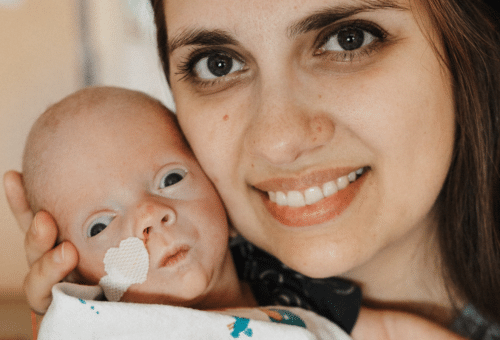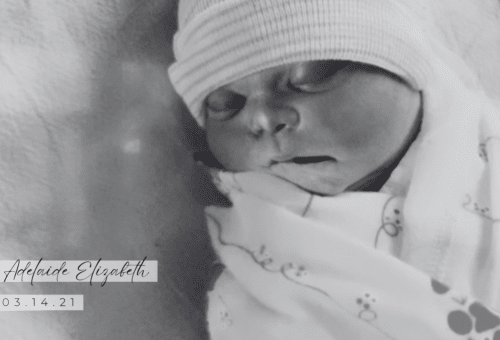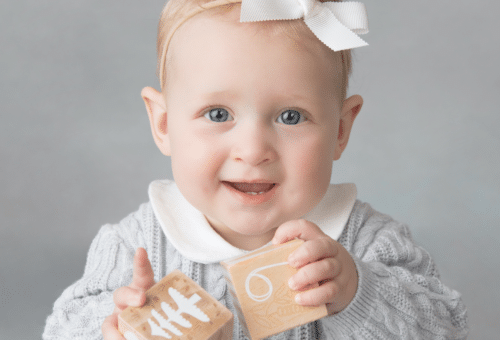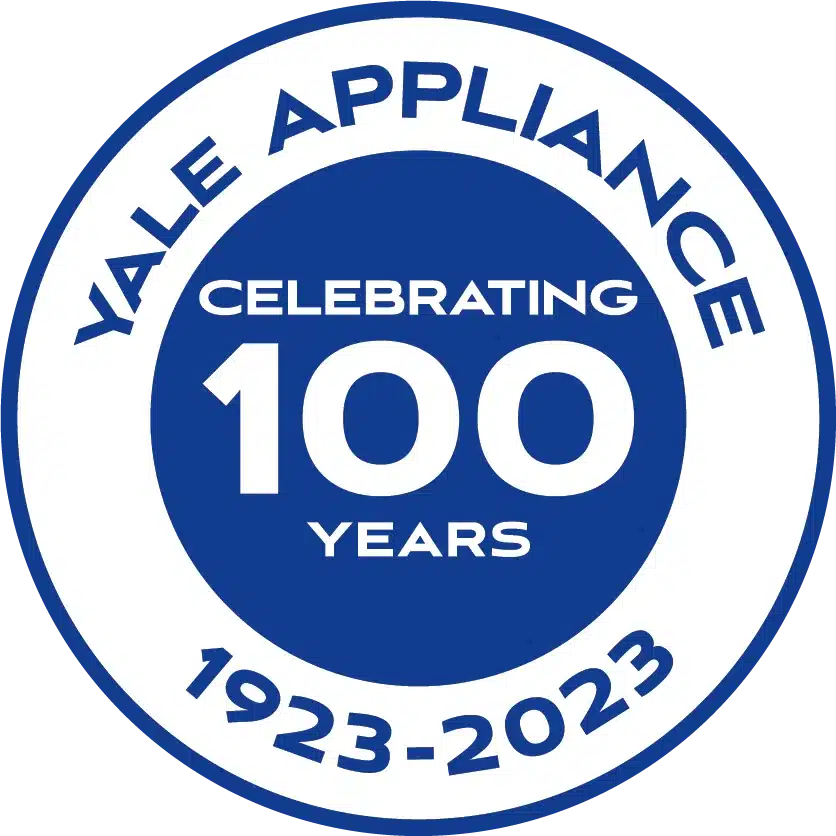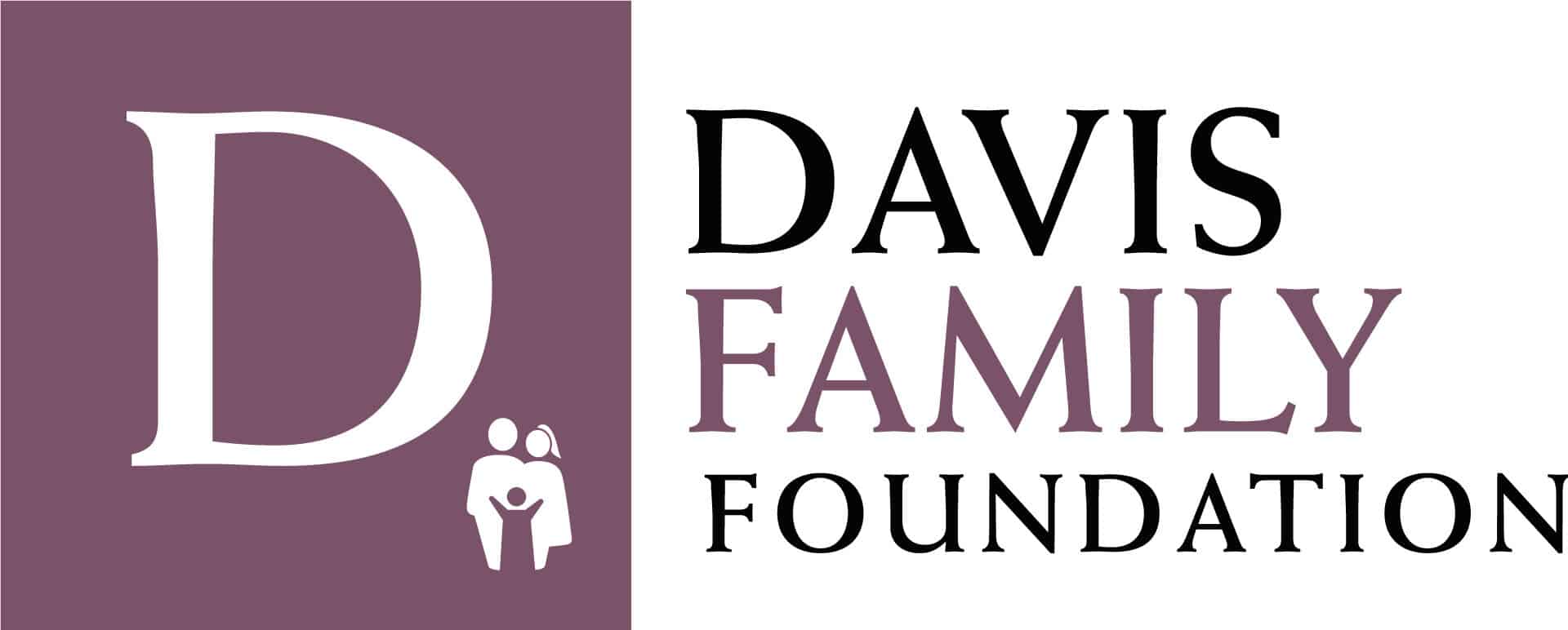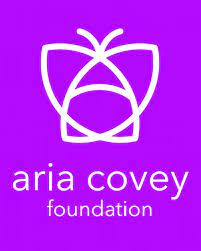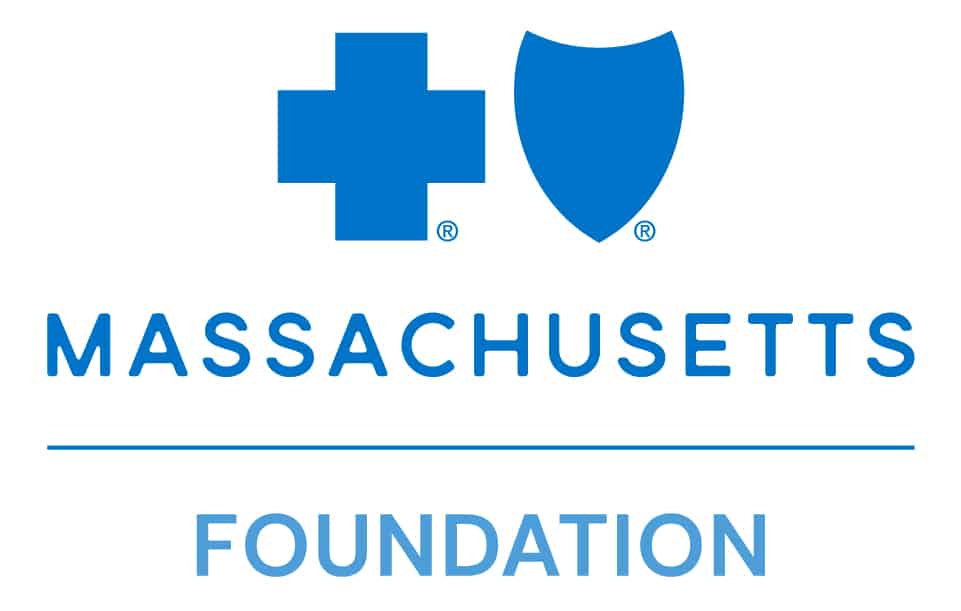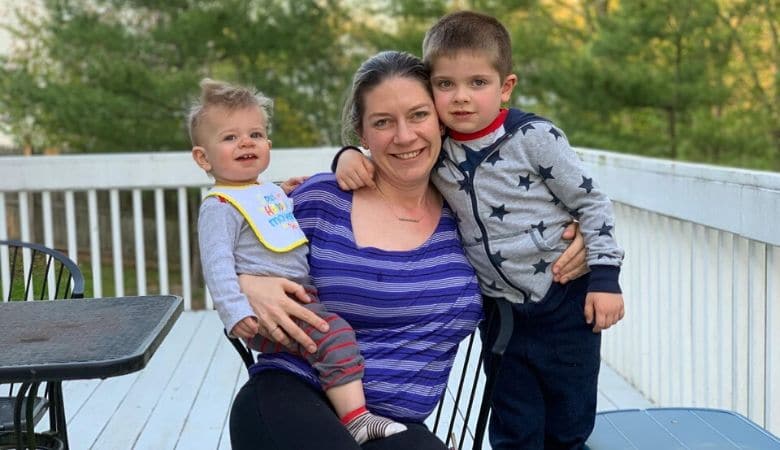
Milk donors are some of the most generous people we know, sharing their liquid gold with fragile babies. It turns out they have experience and knowledge to share, too, like the oversupply tips Caren details in her story.
Hi Caren! Tell us a bit about your pregnancies and breastfeeding experiences.
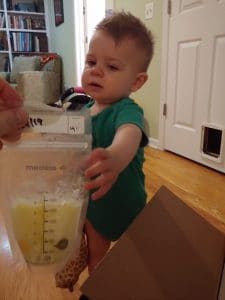
I had pretty normal pregnancies and births without a lot of complications. Gavin was born in Massachusetts and Emmett was born in New Jersey. I breastfed both of my children, Gavin for one year and Emmett is just one and still going strong! I had a little trouble at first (with my older son), mostly because of my oversupply and some pain at latching. Once we got good at it, I loved nursing! I found it so much easier. If we were going out, I only had to pack myself, the baby, and some diapers. If he got hungry off schedule or we stayed later, I always had food.
You mentioned oversupply. Do you have any tips for other moms?
YES!
- Don’t over-pump.With my first, I pumped the other side EVERY TIME he nursed (my kids only ever nursed one side at a time), so I would hold the baby with one arm to nurse and the pump with the other. I would get about seven ounces from the pump and the next feeding I would switch sides and repeat the process. The second kid, I learned to pump just enough to take the edge off the other side, so only three to four ounces. Use a Haakaa pump if one side leaks while you feed.
- Get a mini-fridge. I got a six-soda-can fridge on Amazon (about $50) that I plugged into my bathroom. If I had to pump in the middle of the night or otherwise couldn’t bring the milk straight down to the freezer, I would stash it in the fridge and deal with it in the morning—a huge time saver. If I was really tired, I would just stick the flange and pump parts and all in the fridge!
- It’s worth it to get a good pump. I used the Spectra that has the battery. Having correct-fitting flanges is important, too. Oversupply usually means you and your pump become good friends. I also had a $20 hand pump, which was often faster and easier to take the edge off in the middle of the night (and didn’t wake a baby sleeping in our room).
- Wear diapers at night—on your breasts, of course! Invest in a few comfortable soft night bras. I tried an assortment of pads and they always shifted (I even tried duct-taping them!) and I would wake up soaking wet if the baby slept a little longer. I finally figured out to buy diapers, cut off itchy tabs, and put them around my breasts at night. The bra helps hold them in place. Size 1 diapers worked for me. And I never soaked my shirt and sheets again!
- Find a way to remember what side the kid nursed on last. I got some cheap elastic bracelets, but I know a mom who used a clip on her bra strap. Whatever side I nursed on I would put the bracelet on that side. Even if you nurse both sides, it’s helpful to switch the first side every time. My bracelet must be easy on, easy off, no clasps. I switch it about 10 times a day.
- Oversupply doesn’t last forever. One lactation consultant told me that most oversupplies self-correct by six months. I found this to be true for myself and hopefully true for anyone else with this issue.
Our milk bank and the babies we serve have been the lucky recipients of your extra milk. How did you first learn about milk donation?
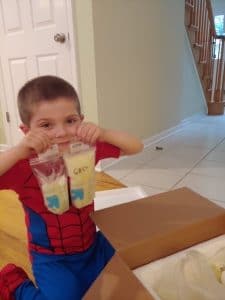
First Connections in Massachusetts. There was a nurse and lactation specialist at the new moms’ group. She helped me with my oversupply and suggested I could donate any extra milk I had.
Why did you decide to donate milk?
I’m a stay-at-home mom so could always feed my kids when they needed. My youngest never really took a bottle willingly.
What can you tell us about the donation experience?
It was very easy; the milk bank did most of the hard work. They phone-interviewed me, contacted my doctors, and sent me any supplies I needed. My first time, because I lived close by in Massachusetts, employees even picked up the milk from my doorstep. When we moved to New Jersey, I was worried about shipping it, but that turned out to be very easy, too.
Tell us something about your family’s experience around donation.
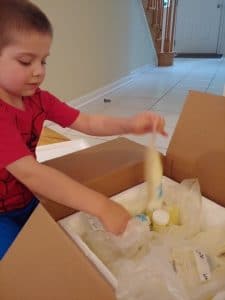
My older son was four when the baby was born and he used to call it “milking the baby” when I would nurse. He was very into turning on my pump and helping collect the milk. He also helped me pack up the milk for shipment to the milk bank. He knows that his brother doesn’t need this milk, but other babies might. I like that he is learning that altruistic giving comes in all forms. Someone else might need what we have.
What would you like others to know about milk donation?
I’m so glad I did it!
We’re glad Caren did it, too. Would you like to donate milk or share your story? Contact us today!
